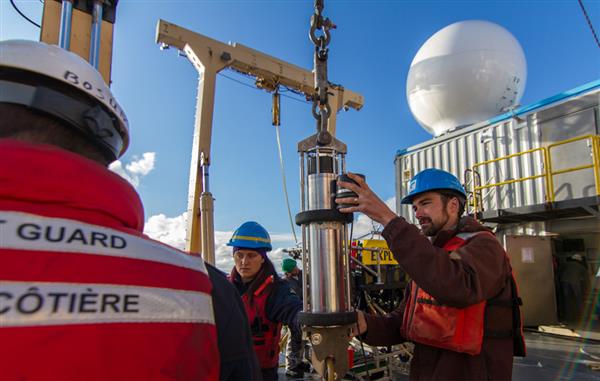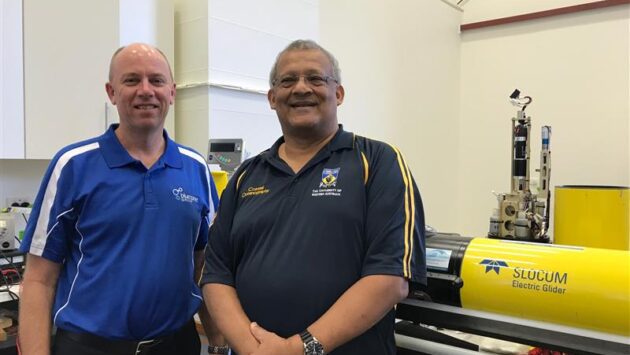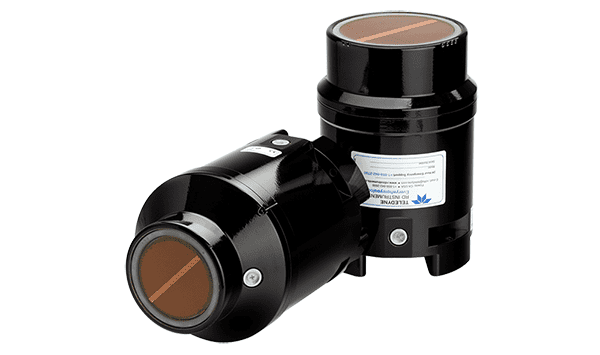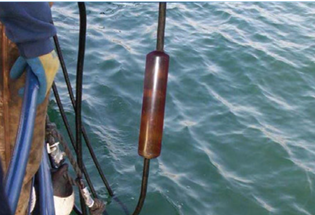Acoustic Release Tips & Tricks
The Acoustic Release is an essential and critical part of many ocean instrument deployments and has been in use since the 1960s. In the early days research organisations such as WHOI identified their average instrument recovery rate at only 50 to 60%. Although not the only cause of failures, the Acoustic Release was identified as being a key component and subsequent improvements in release technology lead to an improved recovery rate of up to 95% for the period 1968 to 1974 for all instruments on WHOI moorings
UVS can assist you with selection the best Acoustic Release for your application and recommends the following factors should be considered in selection of an Acoustic Release:
- Depth Rating: Shallow water devices can be constructed from less costly plastics while deep water devices will require aluminium or titanium
- Load Rating: Release devices can be used to increase lifting and release loads
- Frequency: Low frequencies give long ranges and robust communication. Medium frequencies are very reliable where vessel traffic noise is an issue.
- Deployment Period: Standard alkaline batteries can be replaced with lithium options for extended deployments
- Release Mechanism: Different release mechanism types can provide reliable release when bio-fouling may be an issue
The UVS engineering team are available to assist you with integration of acoustic releases into your special designs. Additionally, UVS offers products to complement use of acoustic releases including the DL23 Subsea Datalogger with Acoustic Link https://bluezonegroup.com.au/product-catalogue/data-logger-products/dl23-datalogger and the DL24 Acoustic Modem Configurator https://bluezonegroup.com.au/product-catalogue/data-logger-products/dl24-acoustic-modem-configurator.
For long duration deployments in severe bio-fouling conditions UVS recommends ClearSignal(r) coating to ensure trouble-free recovery of your mooring.
 |
Ocean Networks Canada systems integration engineer Jonathan Zand secures an acoustic release to the Wally II deployment package. Once lowered to the bottom, a transmitter at the sea surface will send a coded acoustic signal, triggering release of Wally II at the seafloor. Photo by Ed McNichol. |



